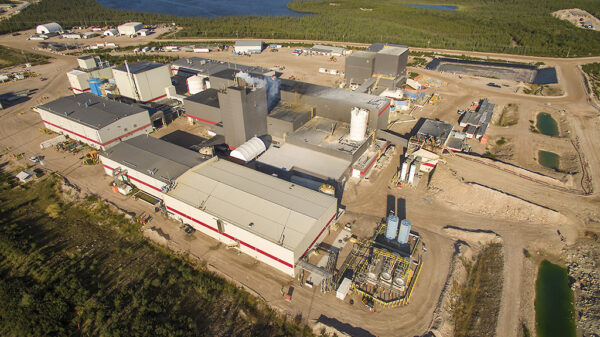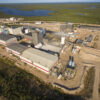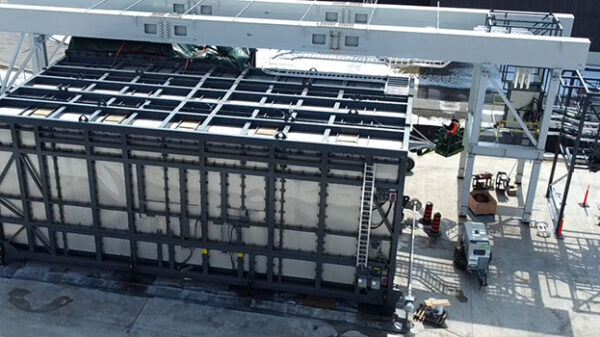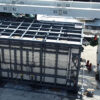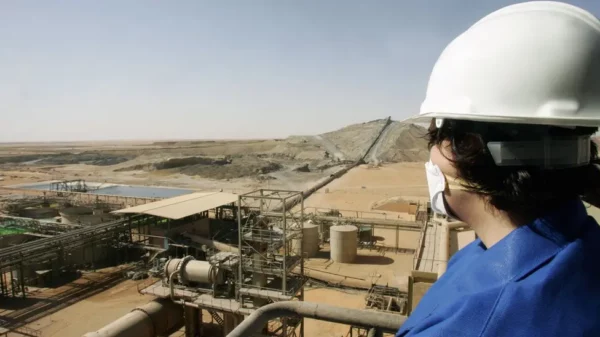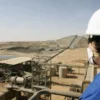Stallion Uranium Corp. (TSX-V: STUD) (OTCQB: STLNF) acquired exploration permits from Saskatchewan’s government on Wednesday for its Coffer uranium project in the Athabasca Basin. The company will now complete a series of surveys and diamond drilling.
The company plan to start the surveys in the coming weeks at the project’s Appaloosa target and use the data obtained to carry out its maiden drill program as efficiently as possible in Q1 next year. Stallion received approval to construct access trails and set up a temporary camp, as well. The permit for the 38,875-hectare project is valid until Nov. 1, 2026.
“The southwestern Athabasca Basin is an under-explored corner of the globally recognized jurisdiction,” Stallion’s CEO, Drew Zimmerman, said. “We are eager to advance our exploration activities in this burgeoning region that holds the potential to host the next significant uranium discovery.”
The uranium mining activity in the Athabasca Basin is primarily concentrated in the east. Cameco Corporation’s (TSX: CCO) (NYSE: CCJ) Cigar Lake and McArthur River operations are located on that side of the jurisdiction. Several other projects run by companies like Orano Canada, IsoEnergy Ltd. (TSX‐V: ISO) and Rio Tinto (ASX: RIO) (NYSE: RIO) (LON: RIO) operate there as well.
However, activity is increasing in the west as well. Fission Uranium Corp. (TSX: FCU) (OTCQX: FCUUF) just announced that it was preparing to complete a 6,000-metre 13-hole winter exploration program at its PLS project in the southwestern section of the Basin.
It is situated directly south of the Coffer project and southwest of a significant land package jointly held with ATHA Energy Corp. (CSE: SASK) (FRA: X5U) (OTCQB: SASKF).
Cosa Resources Corp. (TSX-V: COSA) (OTCQB: COSAF) just added 16,900 hectares to its uranium exploration package in the southeastern edge of the region as well.
Finally, Stallion completed a vast mobile magnetotelluric survey on it and ATHA’s section of land at the end of October this year.

The PLS project hosts the Triple R deposit; Stallion/ATHA land area is striped. Map via Stallion Uranium
Read more: ATHA Energy to acquire Latitude Uranium and 92 Energy, creating industry’s largest uranium portfolio
Read more: ATHA Energy increases private placement offering up to $22.84M
Canada has pledged to triple its nuclear capacity by 2050
Canada aims to expand its nuclear infrastructure three-fold in the coming decades. The country recently made an announcement on the matter at the COP28 climate change conference in the United Arab Emirates.
“This is very significant,” the Co-Founder of Canadians for Nuclear Energy, Chris Keefer, said. “Canada is joining 22 countries in signing a pledge to triple its nuclear capacity by 2050,”
Saskatchewan’s Premier Scott Moe says he is happy to see that several nations have agreed to enhance their nuclear focus. The agreement ultimately benefits the province and country’s economy due to an increased rate of uranium mining.
“That’s moving from four hundred nuclear reactors today to likely between 1,000 and 1,200 nuclear reactors in the future,” Moe said in Dubai.
Canada has vastly accelerated its level of interest in domestic nuclear power within the past two years. Currently there are approximately 60 nuclear reactors under construction throughout the world.
“World leaders are speaking at nuclear events, and countries are coming together to promote nuclear power,” Seth Grae, CEO of the nuclear fuel company Lightbridge Corporation (NASDAQ: LTBR) in Dubai on Thursday, said.
ATHA Energy is a sponsor of Mugglehead coverage
rowan@mugglehead.com







